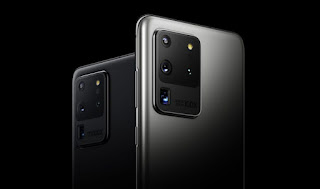Samsung explains that its endeavour into making such an imaging sensor as a challenge “that motivates their innovation”. More specifically, it says that it’s trying to create a lens that matches the perceived resolution of our eyes.
Technically speaking, Samsung says that our eyes are said to match a resolution of around 500MP. Meaning that many of today’s imaging sensors on both smartphones and digital cameras don’t quite match the level of quality our own eyes are able to perceive.
At that resolution, Samsung also says that the 600MP imaging sensor could theoretically detect light wavelengths that go beyond the human senses. If you’re wondering what the perceived wavelength for human eyes are, it’s between 450 and 750 nanometres (nm).
Unsurprisingly, Samsung has been stingy with the details surrounding the 600MP imaging sensor, but we understand. To date, 108MP is the highest resolution we’ve seen a smartphone utilise, but that took several years to develop and as it stands, it still requires some tweaking. Further, it’s unlikely that we’ll be seeing such an imaging sensor making its way into consumer anytime soon. At least, not for the next several years.






No comments:
Post a Comment